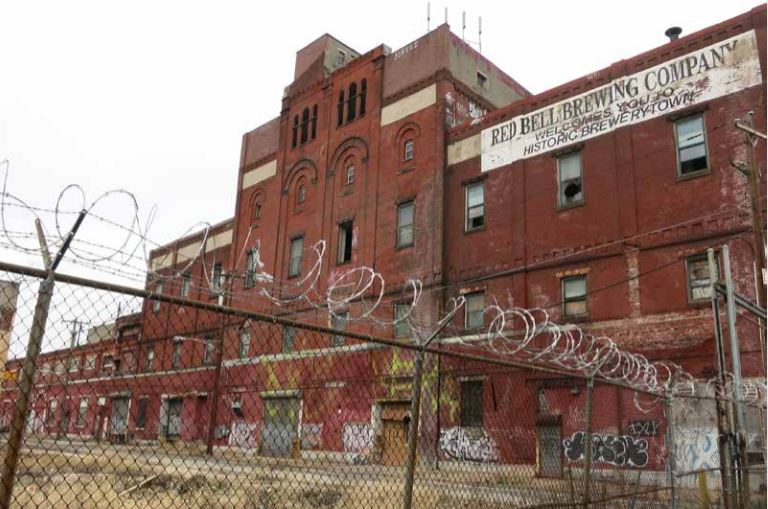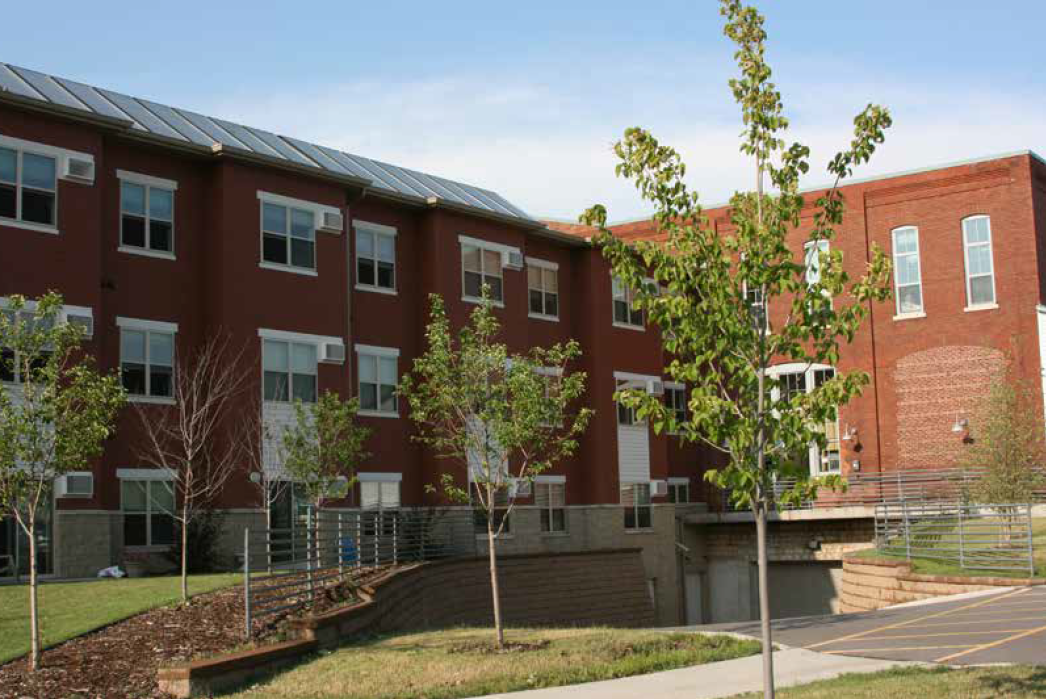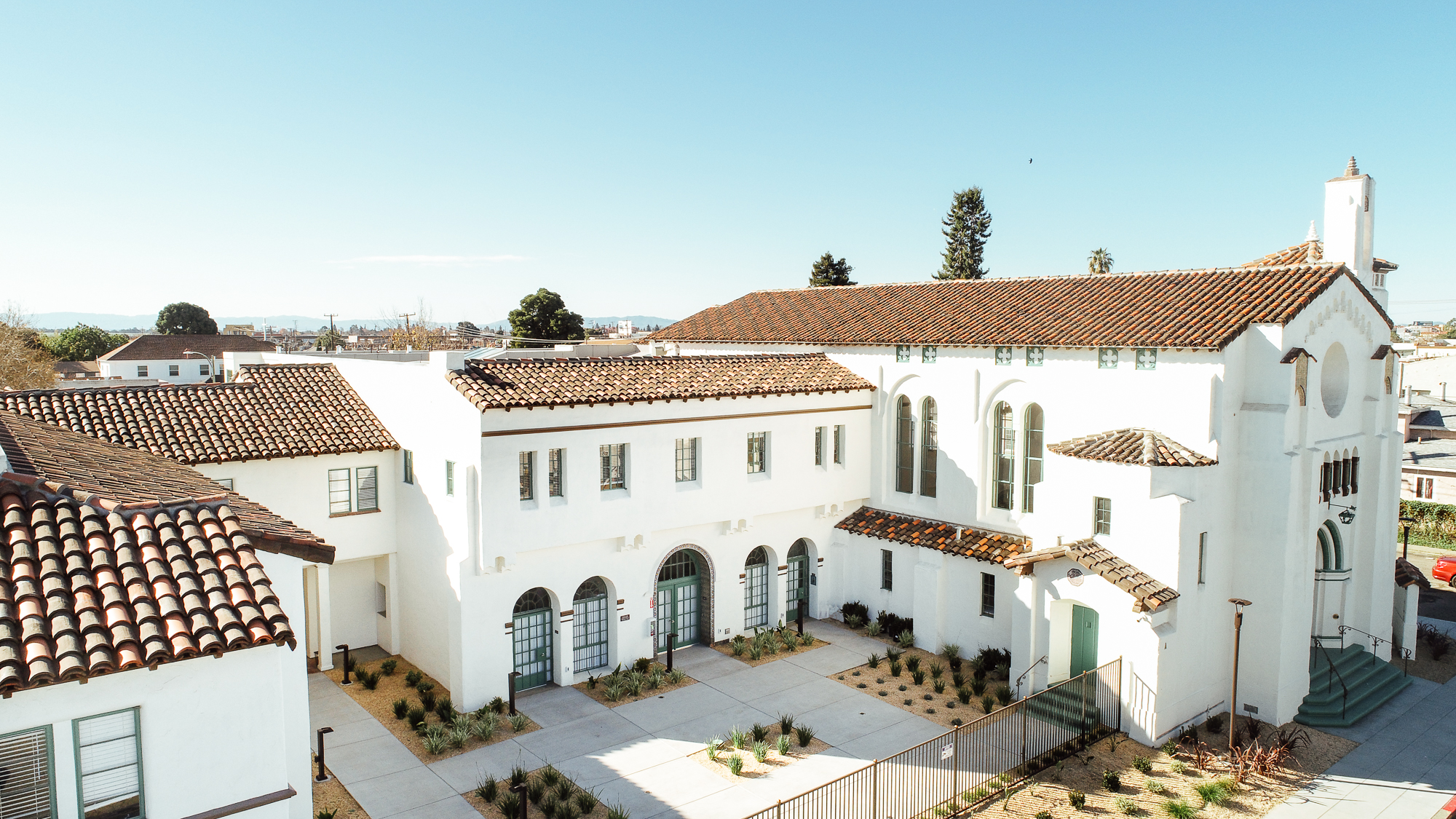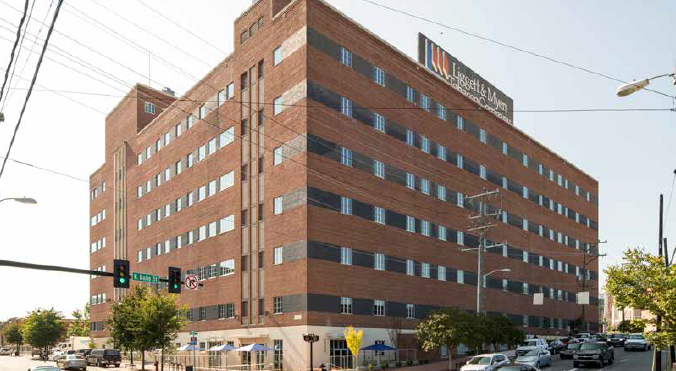In our April article, we discuss opportunity zones (OZ) and Historic Tax Credits (HTC) in the rehabilitation of the historic Poth Brewery in Philadelphia’s Brewerytown neighborhood. This article presents the developers’ perspective on combining these incentives. Read the full article here

















